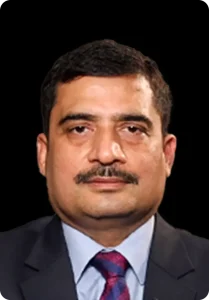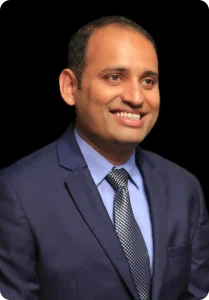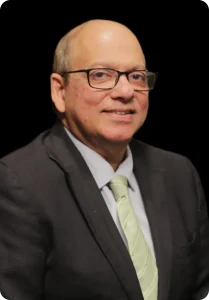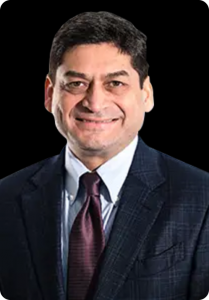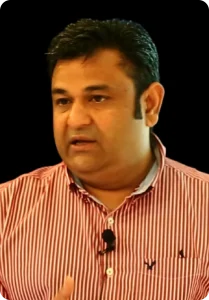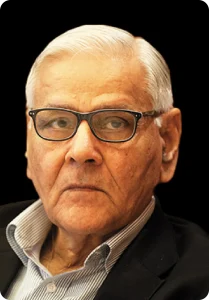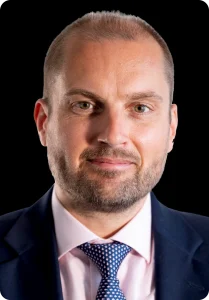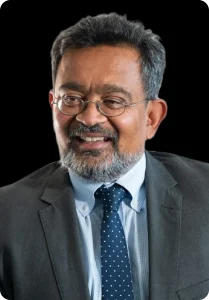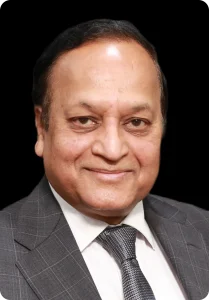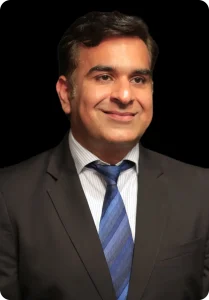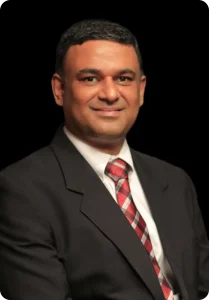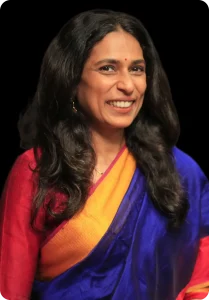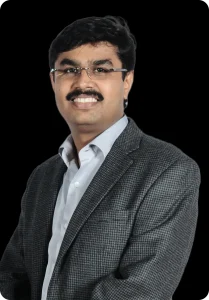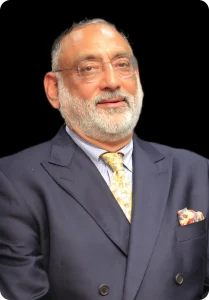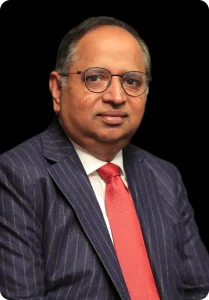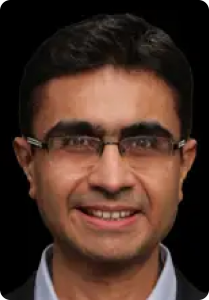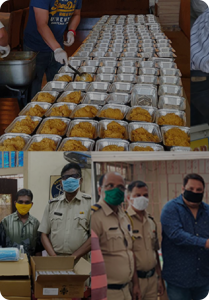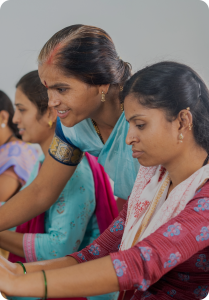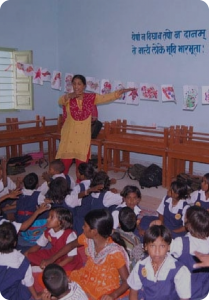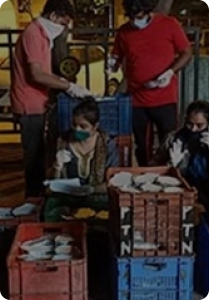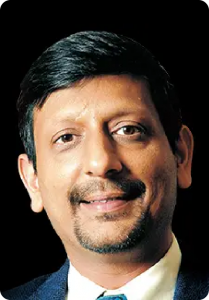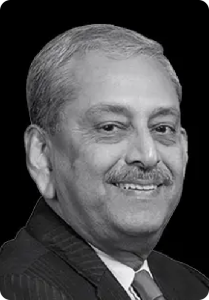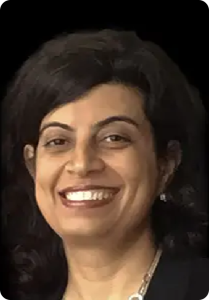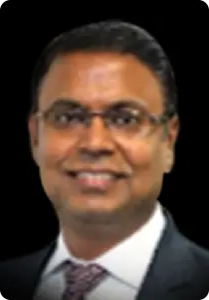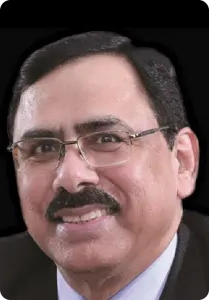Prashant Ruia, Director – Essar Capital, in conversation with Siddharth Zarabi, Managing Editor – Business Today TV at World Economic Forum Davos 2024.
Gain exclusive access to the corporate insights and strategic vision of Prashant Ruia, Director at Essar Capital, in this interview with Business Today TV Managing Editor Siddharth Zarabi. As a key figure in Essar’s pivot towards newer technologies, Prashant Ruia shares invaluable perspectives on business strategies, industry trends, and the future of Essar Capital. Explore the thought process behind Essar’s growth, innovation, and resilience as it re-invents itself to focus on green energy. From navigating challenges to driving innovation, this conversation offers a rare glimpse into the mind of a corporate leader.
Interview Transcript
Hello and welcome to Business Today Television. I am Siddharth Zarabi, and with me is Prashant Ruia, Director of Essar Capital, broadcasting from our studios at the India Today Business Studio in Davos. Welcome! The sun is shining, Prashant, and we are having a better day compared to yesterday. You have been here for some time, meeting many people. The first question for today: How is the India story unfolding in Davos this time?
Prashant Ruia: Thank you, Siddharth. It’s indeed a beautiful day, and Davos has been an event I have attended for over 15 years. I have witnessed its evolution, and I can confidently say that India’s position at Davos has never been better. The general impression is that economic levers are favoring India, making it a highly preferred global investment destination. Considering the situations in Europe, the United States, China, and other parts of Asia, India stands out. Davos is particularly inviting for the global business community.
Siddharth Zarabi: Prashant, what explains the resilience of Indian CEOs? We recently shared an exclusive CEO survey indicating that 86% of Indian respondents are optimistic about the economy, while only 44% of global CEOs share the same sentiment. What contributes to this difference and the overall resilience?
Prashant Ruia: India has experienced a period of slow growth and consolidation in recent years. Many corporate balance sheets were burdened, leading to a slowdown. However, after 2016-17, most investments have been driven by the government and the public sector. The latent capacity in manufacturing has been absorbed due to increased consumption. Currently, there is a significant demand-supply gap across sectors, and India needs substantial investments to keep up with the growing consumer demand. Additionally, India’s potential to become an exporter of energy is emerging with advancements in solar, wind, green hydrogen, and ammonia technologies. The service sector remains robust, and India is increasingly becoming a favored destination for global manufacturing supply chains.
Siddharth Zarabi: You mentioned the perception that the private sector isn’t investing after the banking downturn. Does this hold true, especially in comparison to the recent massive investments by the government in various sectors?
Prashant Ruia: While the private sector did face challenges due to the banking downturn, it would be unfair to say that they didn’t invest. In recent years, many private sector companies have addressed these challenges and are now focusing on creating new capacity and adopting new technologies. The startup ecosystem in India is thriving, indicating a positive shift. Business and economies move in cycles, and the initial impact has been addressed. The current environment presents opportunities for both Indian and international companies.
Siddharth Zarabi: What sets this economic cycle apart? There seems to be a fresh enthusiasm among foreign investors and companies.
Prashant Ruia: The economic parameters in India are more robust than before. India’s effective handling of the COVID-19 situation, compared to other regions, has garnered positive attention. The country’s resilience, coupled with its independent stance on global issues, has instilled confidence. India’s actions and policies, such as managing the energy crisis and maintaining inflation control, have set it apart. This presents an opportunity not only for Indian entities but also for international companies to invest and participate in India’s growth.
Siddharth Zarabi: Reflecting on the past year, you mentioned completing the deleveraging cycle. What progress has been made since then, especially regarding green initiatives?
Prashant Ruia: Over the past few years, we have completed the deleveraging cycle and pivoted the group towards future technologies, green ecosystems, and value creation. Exciting opportunities have been developed, especially in energy, metals and mining, and infrastructure. The significant government investment in infrastructure, exceeding $40 billion annually, provides a favorable environment. We are exploring ways to participate in this infrastructure revolution and capitalize on the growing green ecosystem.
Siddharth Zarabi: You recently announced plans for a green ammonia and green hydrogen facility in Gujarat. Can you elaborate on this initiative and how it fits into Essar’s broader strategy?
Prashant Ruia: Gujarat has always been a favored destination for Essar Group investments. We are developing a green ammonia and green hydrogen facility with a focus on export rather than domestic consumption. Leveraging our experience, such as supplying 16% of the UK’s fuel from our refinery, we aim to create an energy transition hub. This hub will produce green molecules, including biofuels and green ammonia. It’s an exciting opportunity aligned with the global push towards sustainable energy.
Siddharth Zarabi: Another significant announcement is the plan to invest $4 billion in a low-carbon steel plant in Saudi Arabia. Does this indicate a shift towards green steel, and are similar initiatives being considered for India?
Prashant Ruia: Green steel is indeed the future, considering its environmental benefits. We believe in transitioning away from CO2-intensive steel production. The plan for a low-carbon steel plant in Saudi Arabia aligns with this vision. We are exploring opportunities to play a role in the green steel space, possibly utilizing solar power and hydrogen as energy sources. While the project is still under development and awaiting approvals, we are keen on contributing to the global shift towards sustainable steel production.
Siddharth Zarabi: As we conclude, considering Essar’s global outlook, how do you foresee the mix of Essar’s footprint between India and overseas locations in the coming years?
Prashant Ruia: Essar has had a global outlook since 2010-12, with around 35-40% of our activities based in India. We remain heavily invested in the India story. However, we have also made strategic investments in the UK and the US, which we aim to develop further. The current mix reflects our commitment to both domestic and global opportunities. The balance may shift depending on how India progresses in the future.
Siddharth Zarabi: Prashant, thank you for sharing your insights with us today. That concludes our conversation. Until next time, goodbye, and thank you.


